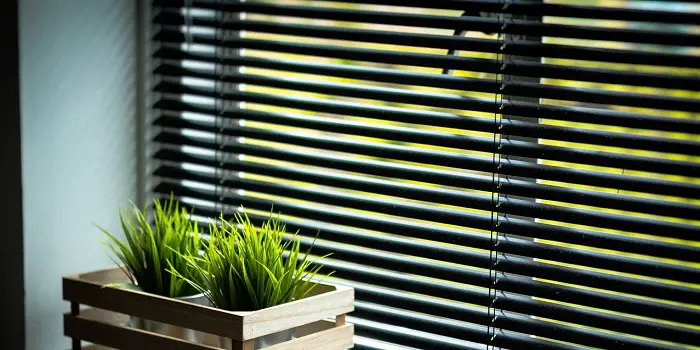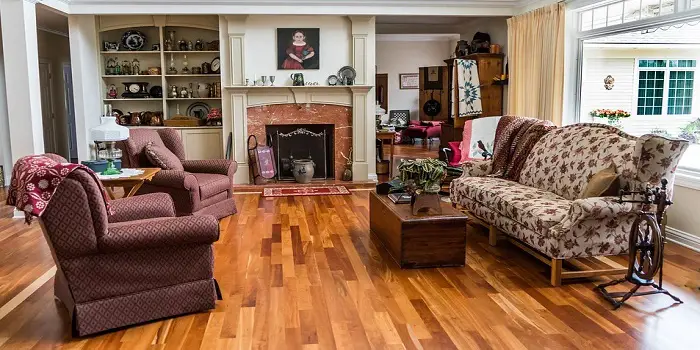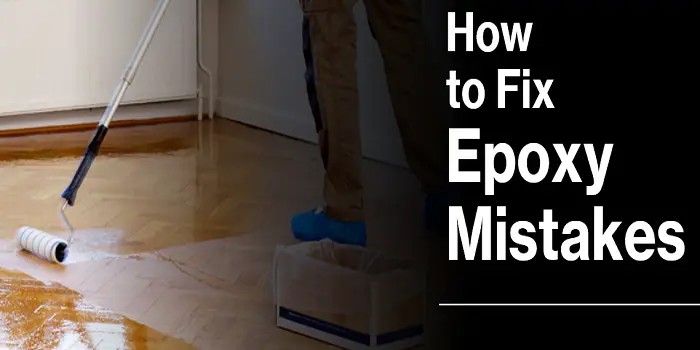
Plaster of Paris is a kind of ancient building material which if moistened & dried gets hardened very fast.
And that’s the reason it is used as a filler and also as a molding and casting agent for various decorative purposes.
The material is also widely used as a protective coating on walls and ceilings and gives finishing touches to the property.
Now, if you are planning to refinish your outdoor statue made of Plaster of Paris, it’s essential to seal it before you paint on it.
Sealing the plaster before painting will make the formulation less absorbent, and it will be easier for you to work further.
Also, if you take time to waterproof the finished surface, it ensures that no further liquids or solvents get soaked up during the paint.
What's Here in the Article:
Why is Sealing Plaster of Paris Important?
Plaster of Paris (POP) is a quick-setting gypsum plaster that is made of fine white powder calcium sulfate hemihydrate, chemical formula (CaSO4) H2O.
If you are wondering why it’s called plaster of Paris, the reason lies in its origin – it was extensively mined from Montmartre in Paris. Many even believe that the formulation was also found on the insides of pyramids.
Depending on the origin, there are different types of Plaster Of Paris with which you may be working. These include:
- Lime plaster
- Gypsum plaster
- Cement plaster
Regardless of the type, the Plaster of Paris is extremely porous. When dried, the material can absorb more water, paint, or solutions touching its surface.
Especially if you are using plaster of Paris for outdoor purposes (like building garden ornaments, statues, sculptures, gnomes, or pots), it’s essential to seal the surface pores by filling them properly.
The most commonly used fillers for plaster of Paris include resin and shellac. These all can work great, but with varying efficacy.

How to Seal and Paint Plaster Of Paris Statue?
Before you treat your outdoor Plaster of Paris statue with a sealer, remember that the process will not be able to make your Plaster of Paris piece completely waterproof.
There can still be chances of moisture seeping in, but of course, sealing will provide the surface with a great level of protection from external elements like snow, rain, and high humidity.
Step by step process for sealing plaster of Paris molds, figurines, and outdoor sculptures is as follows…
Step 1. Clean and Prepare
Before sealing and painting the statue made from plaster of Paris, clean it properly so that there is no dust or dirt present over it.
You may use a piece of cotton cloth and warm soapy water to clean the statue. Make sure you do not wet the statue as the water can seep into the pores and can make painting difficult.
After cleaning, make sure the place you are working is well-ventilated. If it’s not, move the item to another nearby workspace that is ventilated.
Step 2. Apply Waterproofing Agent
Now coat the plaster with a layer of the waterproofing agent. You can pick either a WaterBlock or a marine-grade epoxy resin.
IMO, WaterBlock will be easier and more effective as it penetrates through the surface pores deeply while providing a mildew-resistant long last coating.
Not only for garden statues, but you can use this coating even for POP used on basement walls and foundations.
After you have coated the Plaster of Paris garden statue with WaterBlock Masonry Waterproofer Paint, let the surface dry completely.
After the first coating is dried, check and apply a second coat if needed.
Step 3. Apply Oil-based Enamel Paint
After sealing the surface, it’s time to apply oil-based enamel paint.
Remember, water-based paints will not work on your garden statue as you have already waterproofed the surface.
If, however, you are painting the plaster walls or sculpture without sealing/waterproofing, you can apply acrylic latex paint with a flat or matte finish. This will help in concealing the flaws on older plaster surfaces, if any.
Pick the paint color you desire and add a layer of paint over the dried waterproofing agent using a paintbrush or a sprayer.
For applying the paint over small crevices and corners of the sculpture, you can even use cotton swabs, sponges, or toothpicks.
Allow the paint to dry completely for about 3-4 hours, and apply a second coat of paint if required.
Step 4. Protect Topcoat with a Sealer
After you have applied the topcoat on the POP object, it’s time to add an extra protective layer to your paint job with a clear sealer or varnish-like shellac.
You can even apply a light coating of linseed oil using a paintbrush to seal the object further.
Depending on the finish you desire (glossy or matte), you can gently sand the plaster’s surface with fine-grit sandpaper or a sanding sponge.
After getting all done, let the plaster statue dry completely (for at least 12 hours) before you can put it outdoors or indoors for decoration.
Tips, Warnings, and Precautions
Unless you are painting the statues indoors or under shade:
- Its good to always seal and waterproof the sculpture before painting
- Never use water-based paints like latex, acrylics, milk paint, chalk paint, etc
Plaster of Paris outdoor sculptures can also be fragile, so it’s important to take proper care when cleaning, sealing, and painting them.

Can You Paint Directly on the Plaster of the Paris Garden Statue?
Yes, a wide variety of paints are designed specifically for applying over new plaster.
Acrylic paints are basically the superheroes of the plaster statue world—tough, smooth, and always ready to seal the deal. Gel stains can also be applied if you desire to create a worn, aged look.
The plaster emulsions and acrylics are the recommended option for most because these can be purchased and applied directly to the Plaster of Paris statue in your garden without the need for sealing or waterproofing.
These are also useful and cost-effective when you want to paint plaster of Paris used indoors (like for walls, ceilings, or indoor decorations).
The main benefit here is that these paints are already very thin compared to standard oil-based or latex paints. Plus, you do not need to wait for the plaster to dry completely before you start spraying the paint.
You can just wait for 5-10 minutes and start painting the surface without wasting any time.
After you have painted and allowed enough time to dry, you can give the surface of the statue a nice sheen with Kiwi shoe polish.
Final Thoughts
Plaster of Paris can turn out to be a hard and strong compound that is equally useful for inside as well as outside homes.
While you can use it without sealing for indoor purposes, it’s recommended to seal and waterproof the surface when using it for outdoor purposes.
Based on the garden sculpture you want to refinish, also pick the right sealer and paints that can withstand extreme conditions. This way, you can keep your decorations in tip-top condition for years.
Share the post "How to Seal and Paint Your Plaster of Paris Statue Outdoor?"

Douglas Becker (aka Painter Doug) has over twenty years of experience as a painter in Adkins, Texas. At present, he resides in Florida with his family.
From painting multi-storeyed houses, condos, and apartments to large commercial buildings and small offices, he had served various customers in areas not only in Adkins but also in Southwest Florida, Sarasota, Naples, and many more. To know more about him check here.




